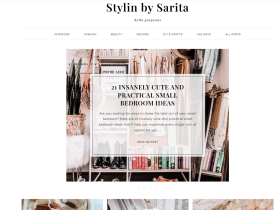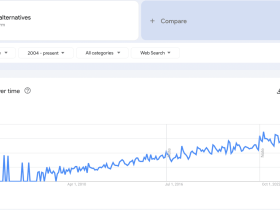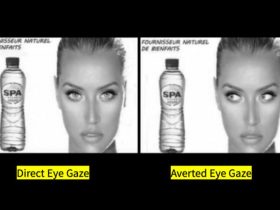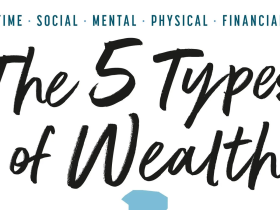Most advertisers talk about scarcity, urgency, and social proof.
But there’s so much power in deeper psychological principles. These shape how people see, process, and react.
Today, we’re diving into 6 overlooked psychological triggers that can make your ads more persuasive and memorable.
Let’s get into it.
1. Perceptual Fluency
Your brain hates working hard. The easier something is to process, the truer and more credible it feels.
A Princeton University study found that messages in clear fonts were rated as more believable than those in hard-to-read fonts.
Imagine you’re scrolling, and an ad pops up. The message is clear, simple, and easy to read. It takes half a second to understand.
Now, compare that to an ad with tiny text, complex visuals, and too much information. Which one do you trust more? Obviously, the first one.
That’s why great ads feel effortless—they don’t make people think.
How to Apply This in Paid Ads
✅ Use large, legible fonts—no one should squint to read your copy.
✅ Stick to one core message per ad—if it takes more than a second to get the point, you’ve lost them.
✅ Choose contrasting colors to make text pop.
Example: Apple’s ads. One sentence. One product shot. Nothing else. That’s why their marketing feels premium—it’s easy to process, so it feels effortless to buy.
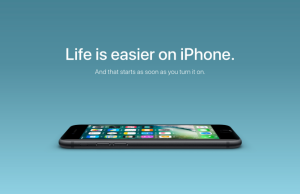
Use Familiar Patterns
🔹 People read in F-patterns (left to right, top to bottom). Place your main message where their eyes naturally go first.
🔹 Avoid unusual layouts—novelty slows processing speed.
The easier your ads are to read, the more persuasive they become.
2. Conceptual Metaphors
An insurance company says, “We provide financial protection.”
Boring. It doesn’t mean anything.
But when they say, “We’re your financial safety net,” suddenly, it clicks.
That’s the power of Conceptual Metaphors—they help people understand new ideas by linking them to something they already know.
A study found that when brands use metaphors in marketing, people process the information faster and remember it longer.
Why? Because metaphors activate emotions. They make people feel.
That’s why Tesla didn’t just call its car “electric.” It calls them “a spaceship for the road.”
How to Apply This in Paid Ads
✅ Use metaphors to simplify complex ideas
Instead of describing features, compare your product to something people already understand.
Example: A password manager isn’t just software—it’s “a vault for your digital life.”
Example: A meditation app isn’t just relaxing—it’s “a gym for your mind.”
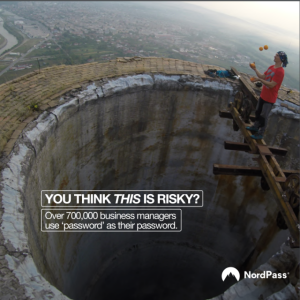
✅ Tap into emotions with familiar imagery
Protection → A shield, armor, a safety net
Speed → A race car, lightning, a rocket
Simplicity → An easy button, autopilot, cruise control
✅ Make metaphors visual
A “financial safety net”? Show a tightrope walker with a net below.
A fast-loading website? Show a race car at the starting line.
Metaphors make ads instantly understandable—and impossible to forget.
3. The Generation Effect
Ever noticed how you remember things better when you figure them out yourself?
That’s why a quiz feels more engaging than a lecture.
Or why you remember a joke better when you complete the punchline in your head.
This is the Generation Effect—when people mentally participate in an idea, they retain it better.
Nike says “Just Do It.” They aren’t saying “Just Run Better.”
It makes you complete the thought on your own, which makes it more memorable.
How to Apply This in Paid Ads
✅ Ask questions that make people think
Example: “What’s stopping you from getting in shape?”
Example: “Why are so many people switching to [product]?”
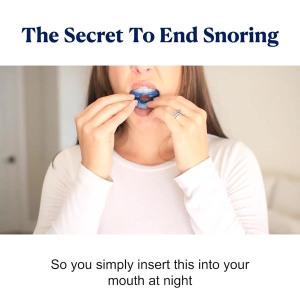
✅ Use open-ended headlines
Example: “The secret to better sleep is…”
Example: “You’ll never guess what’s inside this box.”
✅ Create interactive ad formats
Quizzes, polls, and “swipe to reveal” ads force users to engage with your content.
When people mentally participate, they remember and act on your ad.
4. The Peak-End Rule
People don’t remember entire experiences—they remember the most intense moment (the peak) and how it ended.
An ad that’s mostly good but ends flatly? Forgettable.
But an ad that builds up to a powerful emotional high and ends on a satisfying note? That sticks.
How to Apply This in Paid Ads
✅ Lead with impact, end with resolution
- A compelling statistic, visual, or statement to grab attention.
- A strong closing message that ties it all together.
✅ Use emotional spikes
- Surprise or challenge the audience (e.g., “Everything you know about weight loss is wrong.”)
- Evoke awe, joy, or urgency at the peak moment.
✅ Create a sense of closure
- Show the transformation: Before → After
- Reinforce action: “Try it today”
A forgettable ad just delivers information.
A memorable ad builds to an emotional high and ends with impact.
5. The Pratfall Effect
Want to make your brand more likable and trustworthy? Show a small, relatable flaw.
Studies show that people find brands more appealing when they admit a minor imperfection—it makes them more human.
Ever noticed how Domino’s admitted their pizza sucked, then promised to fix it? Their sales skyrocketed.
How to Apply This in Paid Ads
✅ Own a small flaw
- “We’re not the cheapest, but we’re the best.”
- “Not for everyone—but perfect for [ideal audience].”
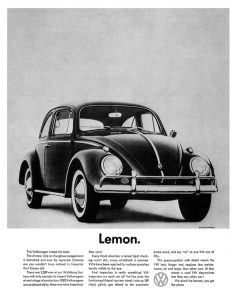
✅ Use humor & authenticity
- People love brands that don’t take themselves too seriously.
- Example: KFC’s UK ad during a chicken shortage: “FCK—we ran out of chicken.”
✅ Flip the flaw into a strength
- Example: “Our wallets take time to break in—because they’re 100% full-grain leather.”
A too-perfect brand feels fake. A real brand earns trust.
6. The Frequency Illusion
Ever heard about something once, and suddenly, it’s everywhere?
That’s the Baader-Meinhof Phenomenon, aka The Frequency Illusion.
When people first notice your brand, their brain starts spotting it more often.
How to Apply This in Paid Ads
✅ Run retargeting campaigns
- After someone sees your ad once, keep showing up—it creates familiarity.
✅ Use consistent brand elements
- Same color scheme, tagline, messaging across all platforms.
✅ Encourage UGC (User-Generated Content)
- The more people see others using your product, the more they notice it themselves.
The first impression plants the seed. Repetition makes it grow.

